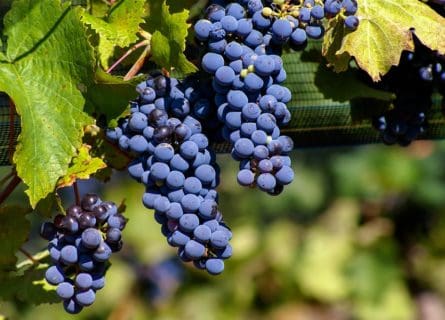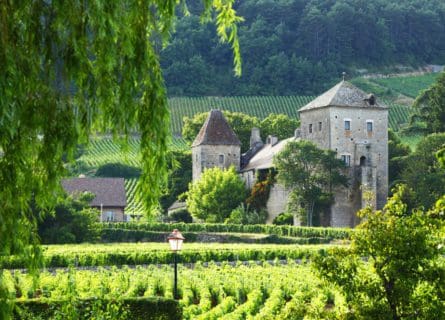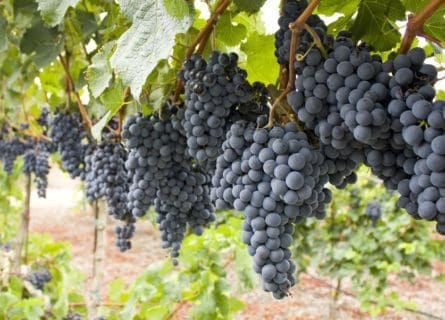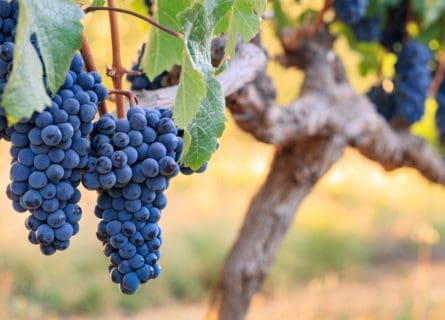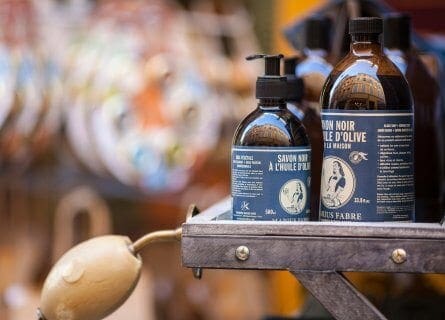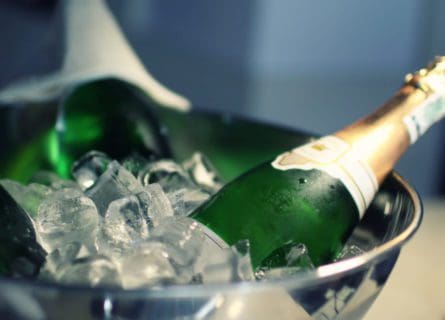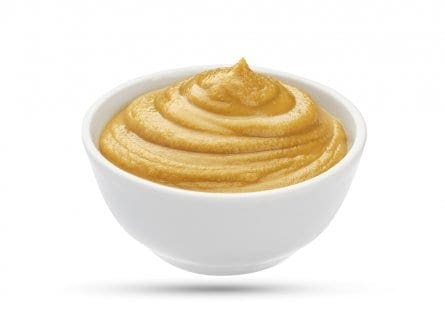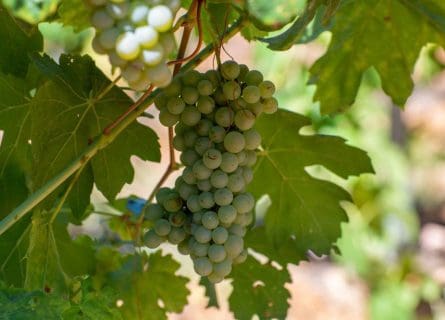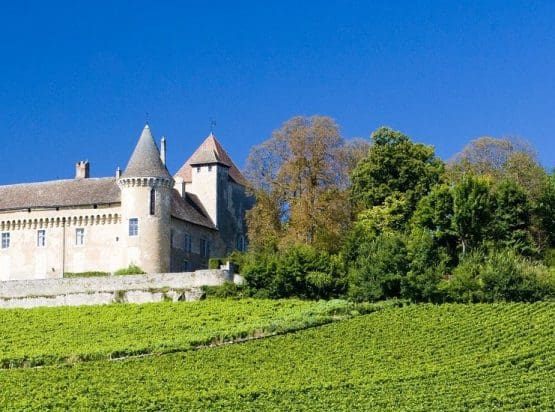
Lyon Travel Guide
Experience Lyon: Where Ancient History Meets Culinary Bliss in the Heart of France
France’s second city, dramatically situated on the banks of the Rhone and Saone Rivers, is famed for many things, not least its Roman history and long-lived gastronomic tradition. It has been a vital gateway between the north and south of France since ancient times, and today, visitors come from far and wide to marvel at its spectacular architecture and enjoy the city’s renowned gastronomy and culture– a city guaranteed to stimulate the senses!
Lyon enjoys a history spanning over 2500 years, during which the city has grown from a small settlement to the wealthy and prosperous second city of France. Although history records that the Romans founded the settlement, Celtic tribes prospered in what we now know as Lyon as early as the 4th Century BC. Indeed, the area was an important trading post with southern French towns like Marseille long before the Roman conquest of France and subsequent integration into the Empire.
The Romans, of course, did invade France in the last Century BC and wrestled control of cities like Paris from the Gauls in 52 BC. Lyon was founded in 43 BC by a Roman governor, Lucius Munatius Plancus. The settlement was built on one of the surrounding hills – Fourviere – and was known in the Roman Times as Lugdunum. Its importance as a trading post and military base soon grew, so much so that it was granted the high status of Colonia by the Senate, giving it important financial privileges. It subsequently became the region’s capital in 27 BC and the headquarters of the Imperial government and army. The settlement continued to thrive as infrastructure improvements were built, and Lugdunum soon became one of the most important outposts in the Western Roman Empire.
As the settlement prospered under Roman control, it attracted the attention of Greek Christian pilgrims, who established one of the first successful outposts of Christianity in the Empire. The first great Christian theologian, Irenaeus, was born in Lugdunum, and the movement grew despite the best efforts of their Roman rulers.
Lyon remained under Roman control for several centuries until the Empire began to crumble in the 5th Century, and the Mediterranean was overrun with the Visigoth tribes from Northern Europe. However, Lyon survived this turbulent transition period and remained an important trading center. Subsequently, it became a center for worship as several important monastic communities established themselves in Lyon.
The rapidly growing town’s religious significance and strategic position ensured its importance throughout the Middle Ages. Lyon remained independent until the early 14th Century when the French King, Philip the Fair (ironic name!), integrated the city into the French Kingdom. However, Philip wisely chose not to interfere in the town’s economic affairs, and Lyon continued to prosper as a regional commercial center.
Lyon was also the site of great social upheaval during the 15th Century; residents revolted for over two months against the heavy tax burden to fund the war. After order was restored, the French King Charles VII had several citizens executed and banished over a hundred more – Dark times indeed for Lyon.
After the war ended, conditions finally improved for its citizens under the first Renaissance King Louis XI. Lyon’s population grew significantly during this period, and the city became a major spice and silk trade center. Benefiting from friendly relations with the Medici rules of Florence and frequent visits from their cultural elite, the city would enjoy a lengthy Golden Age in which culture, science, and art flourished. Lyon became famous for its printing and publishing industry after the first printing press was established in 1472.
However, despite the good times, this period of history was not without its conflicts. At this time, the French aristocracy began embracing the idea of secular over religious rule. The wars of religion between Protestant and Catholic supporters would take its toll on the city, and in 1572, it was seized by Protestant supporters. In the 17th Century, Lyon was stripped of its regional autonomy as part of the Dukedom of Savoy following the integration of the territories (which included Switzerland and Italy) into the French Kingdom. However, its economic and political importance continued unabated, and the city enjoyed a relatively peaceful and prosperous existence until the 18th Century.
The French Revolution of 1789, which overthrew the ruling aristocracy, caused much suffering for Lyon’s inhabitants, who supported the moderate Girondist faction against the radical Conventionalist, who seized power in 1792. The Conventionalists considered Lyon full of bourgeois and royalist sympathizers and laid siege to the city for two months. Over 200 citizens were killed during the conflict, and many districts were ransacked as payback for Lyon’s ‘betrayal’!
France remained a Republic until Napoleon Bonaparte took control in 1799, and the first Empire was born. The following 100 years would see significant changes and social upheaval across France; the Monarchy returned to power in the 19th Century, after which Napoleon’s nephew formed the second Empire in 1852. During this period, however, Lyon recovered from the turmoil of the revolution, and its commercial industry might once again return with a thriving silk industry and great urban expansion. A Third and final Republic was declared in September 1870, which ushered in the glittering belle époque (beautiful age), with Art Nouveau architecture and advances in science and engineering, especially in the capital, Paris. Lyon’s population grew dramatically during this period, and the city greeted the 20th Century with a great sense of optimism.
Sadly, the outbreak of two World Wars in the 20th Century ended this golden age of freedom and prosperity. Lyon was relatively unaffected by the First World War, as the fighting never reached the city, and an armistice was signed in 1919. During the Second World War, Lyon was the capital of the French Resistance in Vichy, France, who sought to overthrow their Nazi oppressors. Many brave fighters lost their lives before France was liberated in 1944.
The latter half of the 20th Century saw Lyon recover from the War years and emerge as today’s economic and cultural powerhouse. Many infrastructure improvements were initiated in the 1980s, and the progress continues today. In essence, Lyon remains southern France’s unofficial ‘capital,’ a gateway to such treasures as the Burgundy Wine Region, Switzerland, and the French Alps. Its strategic location draws visitors far and wide, as it has done for centuries, along with its unparalleled gastronomic scene, cultural attractions, and nightlife. Locals like to boast that nowhere in France – not even Paris – will you eat as well as in Lyon. And after sampling the city’s many wonderful restaurants, we tend to agree.
-
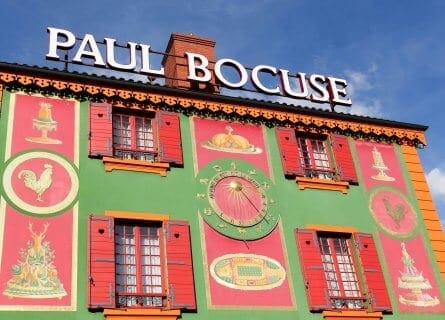
Paul Bocuse Restaurant Gastronomy & Wine
Lyon is undoubtedly the food capital of France, if not Europe. The locals remain proud of their cuisine, boasting that Lyon is France’s most prosperous gastronomic region, literally and figuratively. Lyon’s numerous excellent chefs don’t cook for the faint-hearted; expect fresh, local produce, meat-heavy dishes, and rich sauces; butter and cream will feature heavily! Lyon is jam-packed with excellent, inexpensive, family-run eateries known as bouchons. Here, you can expect delicious, home-cooked, simple food, a warm welcome, and an affordable bill. Indeed, the sheer variety of places to eat in Lyon is enormous. The ubiquitous cafe is ideal for a coffee and snack or a light lunch throughout the day.
Fancy something more substantial? Then head to one of Lyon’s many hundred bistros and brasseries offering full menus and often good deals at lunchtime. Some of our favorites include Le Merciere, a busy, excellent value restaurant serving class regional dishes like Saucisson de Lyon, coq au vin, and gras double, which is tripe cooked with onion, an acquired taste.
Of course, part of Lyon’s gastronomic reputation stems from its proximity to several world-class wine regions, Burgundy and the Rhone Valley. Every restaurant in Lyon will offer some selection of regional wines, and the best ones will have wine lists worthy of the world’s finest establishments. The region’s fine wines have inspired awe for centuries; famous names like Meursault, Chambertin, and Hermitage await you in Lyon. The best examples are immortal wines worthy of several hours of enjoyment. So naturally, most restaurants like to offer regional wines, although it’s possible to drink wines from all over the country, with Bordeaux and Champagne being two big highlights.
A Gastronomic Guide of Lyon: Read more
Nearby Wine Regions
-
 Discover the magic of Burgundy, where tradition meets innovation. Delve into complex terroirs and the flavors of Pinot Noir and Chardonnay. Plan your trip! Read more
Discover the magic of Burgundy, where tradition meets innovation. Delve into complex terroirs and the flavors of Pinot Noir and Chardonnay. Plan your trip! Read more -
 Explore the enchanting Provence wine region and discover the symphony of sights, aromas, and timeless wines it offers. Read more
Explore the enchanting Provence wine region and discover the symphony of sights, aromas, and timeless wines it offers. Read more -
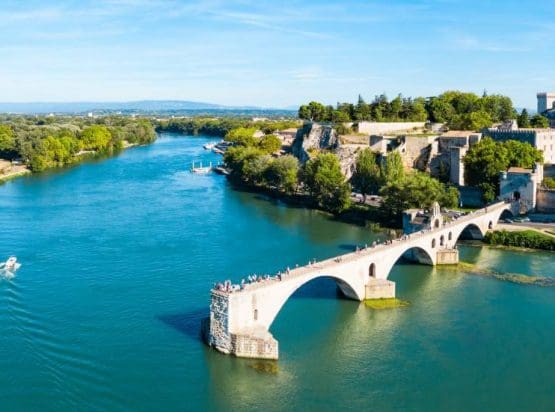 Tour Rhône Valley for prestigious wines & culinary delights, from Côte Rôtie's charm to Hermitage's grandeur. Plan your trip! Read more
Tour Rhône Valley for prestigious wines & culinary delights, from Côte Rôtie's charm to Hermitage's grandeur. Plan your trip! Read more
Highlights
-
Museum of the Roman civilization
Arguably one of the finest collections of Roman architecture and artifacts in France, the museum offers visitors the chance to glimpse what life was like under the rule of the Caesars. Highlights include two excavated Roman amphitheaters: the Grand Theatre, built in 15 BC and the smaller Odeon. A must see!
-
Vieux Lyon
The oldest part of Lyon is the site of the original Roman settlement of Lugdunum, the commercial and military capital of Gaul. Today, its narrow, historic streets are full of bars and restaurants, in addition to the former Renaissance mansions of the bankers and silk merchants. A perfect spot for an early evening stroll before dinner.
-
Cathedral St-Jean
A definite highlight of any trip to Lyon, its cathedral was built in the 12th century on the foundations of a 6th-century church. Of particular note is the cathedral’s organ, built by Daublaine and Callinet and installed in the 19th century. The Bourbon chapel and astronomic clock, built in the 14th century are some of the finest in France today.
-
Museum of Fine Arts
This excellent museum showcases the country’s largest and important collection of fine arts – after the Louvre in Paris of course! Highlights include paintings by Van Gogh, Greco, Francis Bacon and an unrivaled collection of antiquities from Ancient Egypt, Greece, and Italy.
Recommended for you
More information
If you would like us to customize an exclusive luxury tour, contact us and let us know your travel plans. We offer luxury food and wine tours for private groups of a minimum two guests. In addition, all of our private, chauffeured tours are available year-round upon request.



